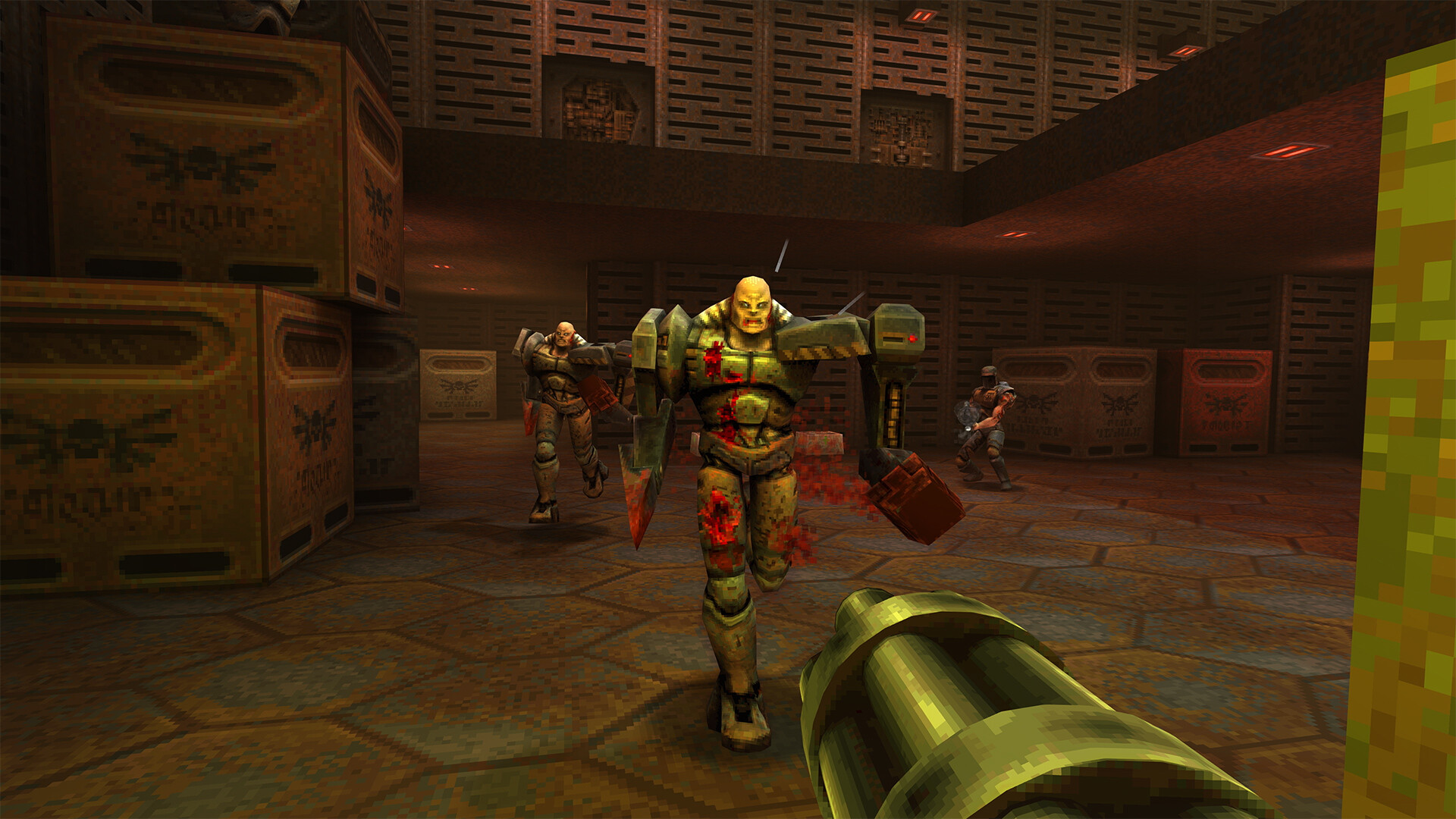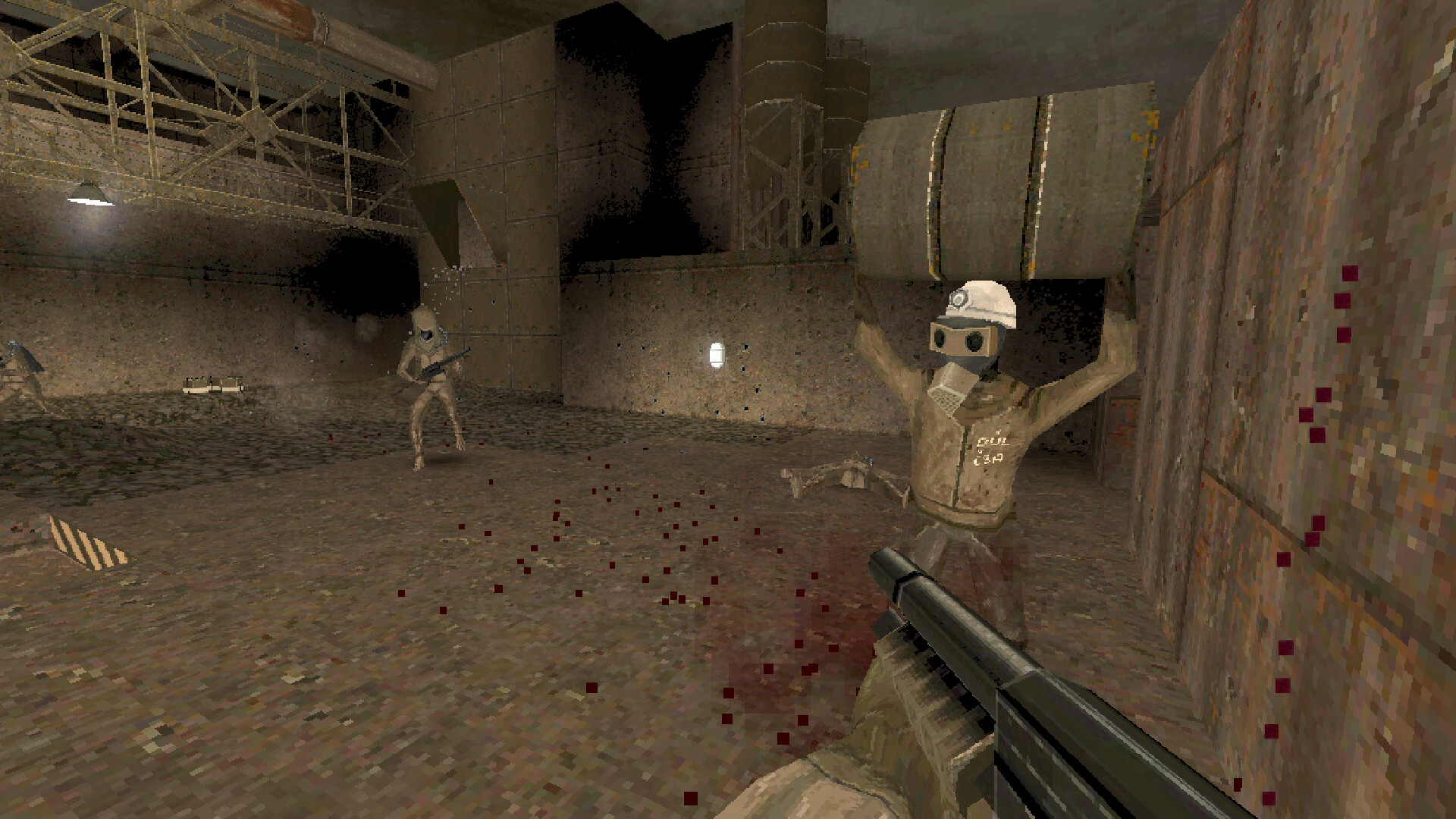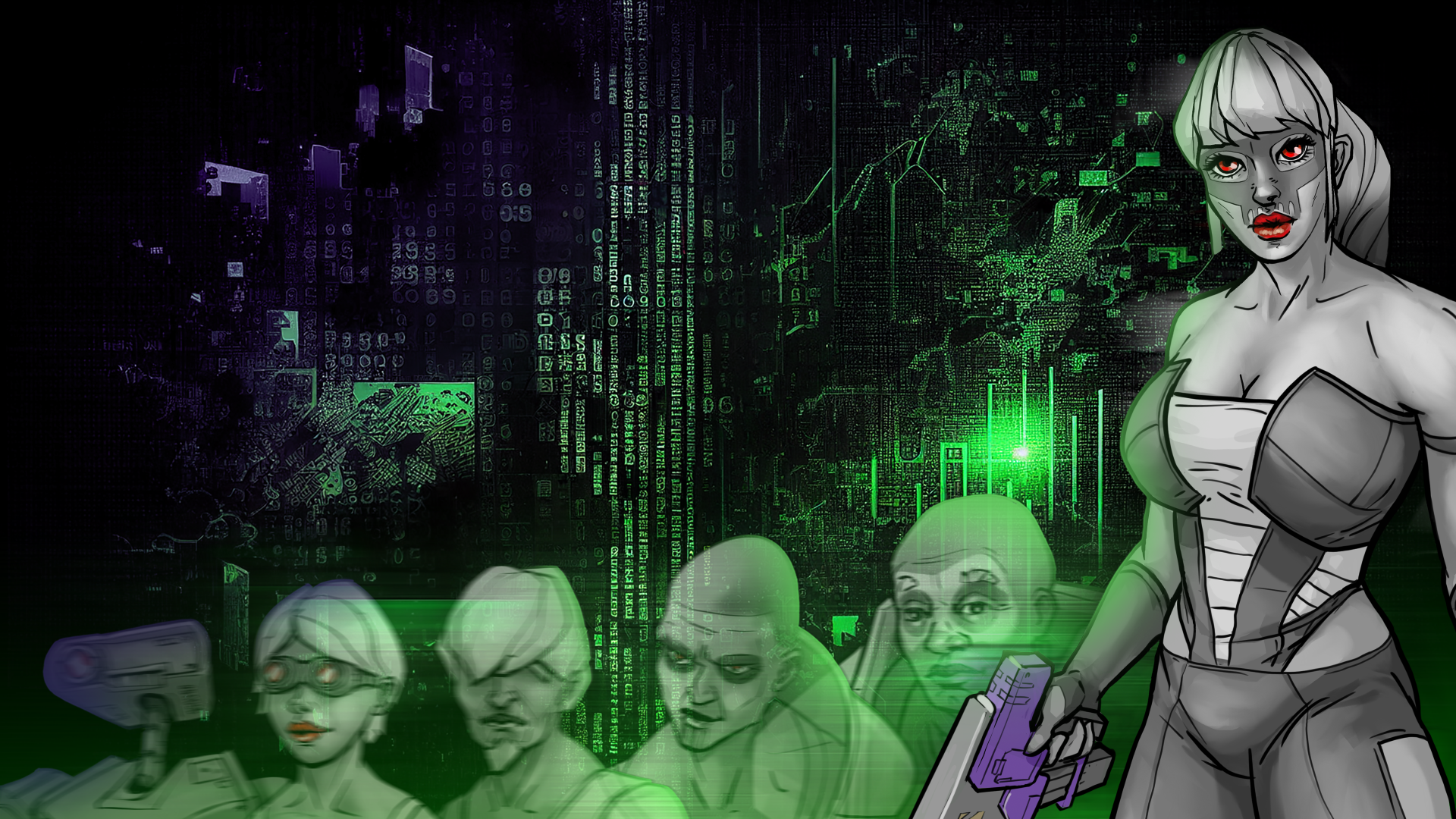
Monster Mania: Quake II’s The Strogg Remain A Body Horror Standout
Monster Mania is a weekly column celebrating the unique and varied monster designs in horror gaming.
Few developers have risen to the ever-growing challenge of game preservation quite like Nightdive Studios have. Within the last few years, the studio has continually outdone itself in its commitment to providing pristine remasters of gaming classics. From Doom 64 to both System Shocks (in addition to developing a fantastic remake of the original) to Turok to Quake and more, Nightdive has continued to knock it out of the park, so why wouldn’t they tackle, arguably, Id Softwares most Gibb centric sequel, Quake II, next?
With Nightdive’s latest, the improved visuals and resolutions up to 4K allowed me to appreciate Quake‘s most Cronenbergian monstrosities, The Strogg, in a new light. The Strogg are integral to Quake II‘s altering of the original game’s gothic Lovecraftian horror vibes in favor of a more sci-fi horror approach. This made the sequel more narrative-focused than its surreal and narratively vague predecessor. So who, or more accurately, what are the Strogg? They are an alien race hailing from the planet Stroggos, whose goal is to capture and convert humans into cybernetic war machines that fill the ranks of their armies. This process not only affords them numbers but a precious resource known as Stroyent, which they need to survive as a species.

Much like my love of David Cronenberg’s films (which explore the relationship between flesh and metal), the Strogg are a hellish body horror delight that horrifically fuses flesh and metal. The true horror of what makes the Strogg a terrific and terrifying antagonist is their commitment to Stroggification. This process involves collecting deceased human corpses from the battlefield and fusing them with alien weapons technology.
Players were given a first-hand look at Stroggification in the often-overlooked 2005 Quake 4. In one of the most disturbing sequences of the entire series, the player is captured, restrained, and forced to undergo the procedure, turning them into a freakish amalgamation of flesh and metal.
The methodical pacing of this on-rails segment first shows the player what happens to their fellow human captors moments before viewing their own body being dissected and ripped apart in gloriously gory first person. Upon waking, the player is given a glimpse of their new cybernetic shell, with the new directive: Kill all humans.
What separates the Strogg from the other cautionary tales of technology getting out of hand is that their creations serve little purpose other than weapons of war. Each Strogg’s functionality outside of killing is nonexistent, showing the Strogg’s disregard for not only their captors but for anything outside their goal of total galaxy supremacy.
Rewind to Quake II, and what is immediately apparent when compared to the original is an improved variety of cybernetic freaks that will be thrown at the player. There are the heavy weapon-centric Strogg, such as the Enforcer, Berserker, Gunner, and Iron Maid. These enemy arms being replaced with weapons such as Gatling guns, grenades, and missile launchers give the player a variety of heavy-hitting foes.

While these ranged heavy weapon-wielding enemies are a continual threat, an enemy like the Berserker, who has no ranged abilities, is still a more than viable threat. While players may initially scoff at the Berserker’s melee weapons being a drill and hammer, the monster’s ability to pounce great distances and emit an electric shock that pushes the player back is anything but weak.
Then, of course, there is the return of the rabid mutant freak from the original game (of which the developers note is the one monster they couldn’t not include, given how synonymous it is with the series). And then there are more alien monsters such as the Brains, a cybernetic chassis that houses a tentacle-type terror that unleashes a fury of tentacles out of its chest to grab the player.
While the list of horrors goes on, Quake II‘s most crucial approach to monster design is that they all work in tandem with one another. Most, if not all, of the brand-new enemies being introduced to the Quake universe, don’t feel redundant; instead, they play off one another’s strengths, causing hell for the player combating them.
Quake has always been a franchise that I have found to be underserved. It’s unsurprising, given Quake‘s identity shifting between single and multiplayer focus over the years. Hopefully, Nightdive’s remastering of the first two Quake games exposes new players to the gibb-centric chaos of Quake. Still, it perhaps generates enough interest in a new single-player focused Quake, which fans have been clamoring for since Quake 4. Either way, Nightdive’s latest remaster sets yet another bar for reviving and restoring classic games.
For more horror game reviews, opinions, and features, check out DreadXP.




